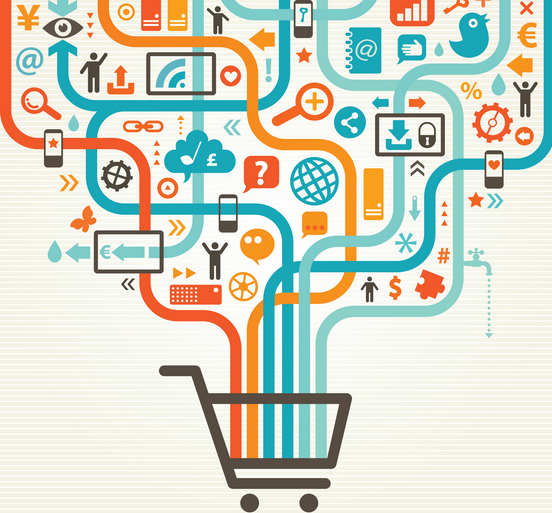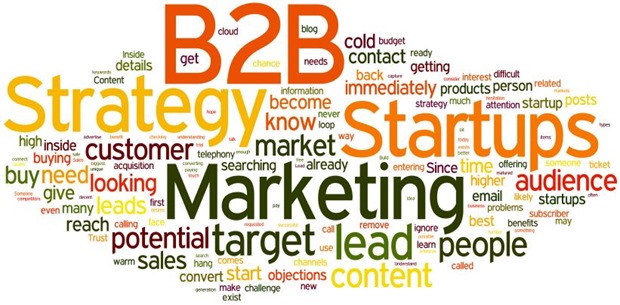How To Become A Successful E-Commerce Merchant

By 2017, e-commerce is going to pass the milestone of $400 billion in sales in the United States only. The industry is rapidly growing worldwide, so everyone can participate in the competition. E-commerce seems like such a simple money source at first glance, but actually it is much more complicated. There are tons of important nuances which separate online merchant from success. In this ecommerce startup guide, we offer a complete compilation of key advices, which will help you enter the new business level with your online store. The article include tips for both B2C and B2B businesses. There is also a checklist, which shows the readiness of ecommerce website. Last but not least are success stories related to different platforms. Let’s start the journey. Continue Reading



